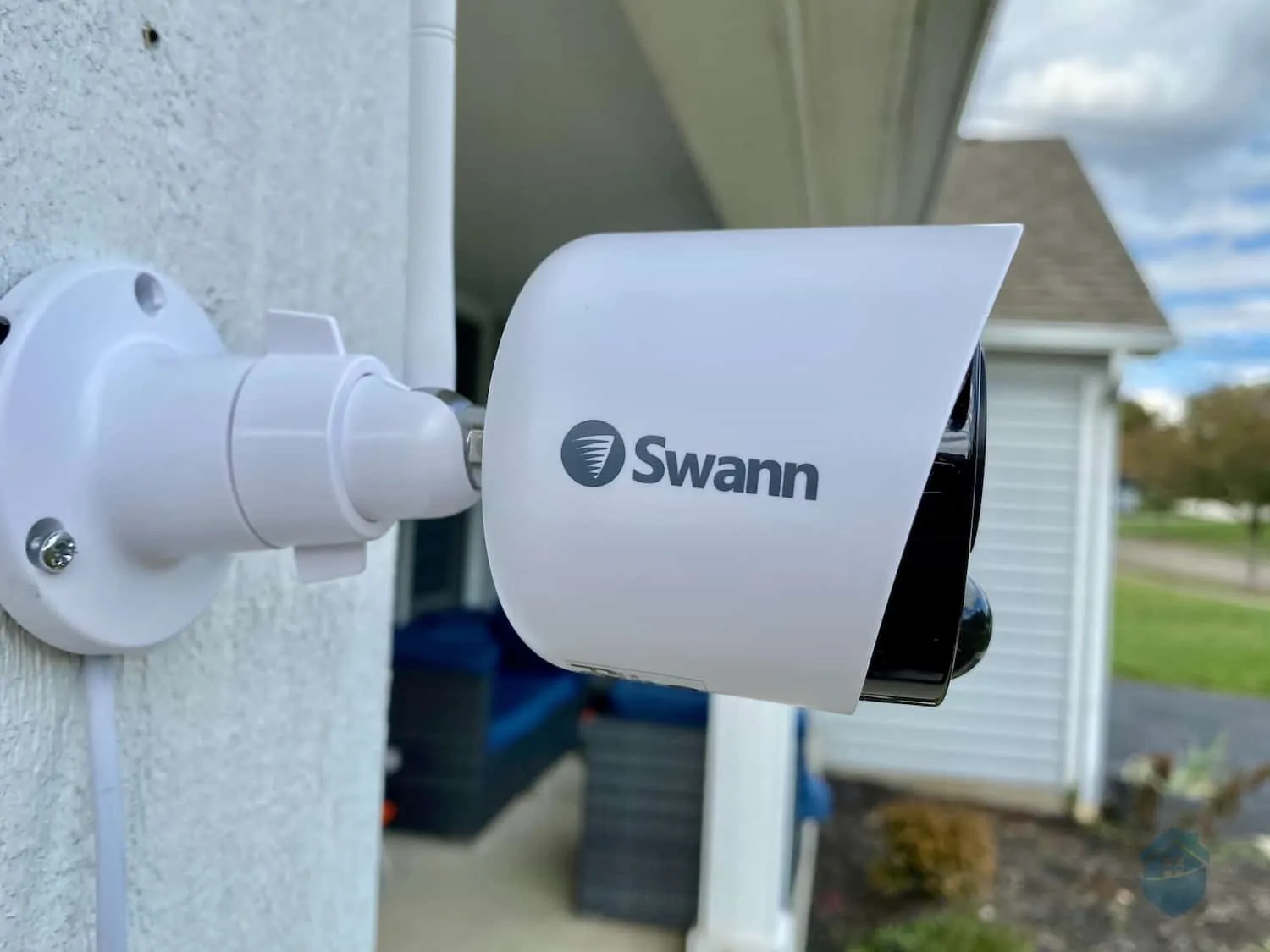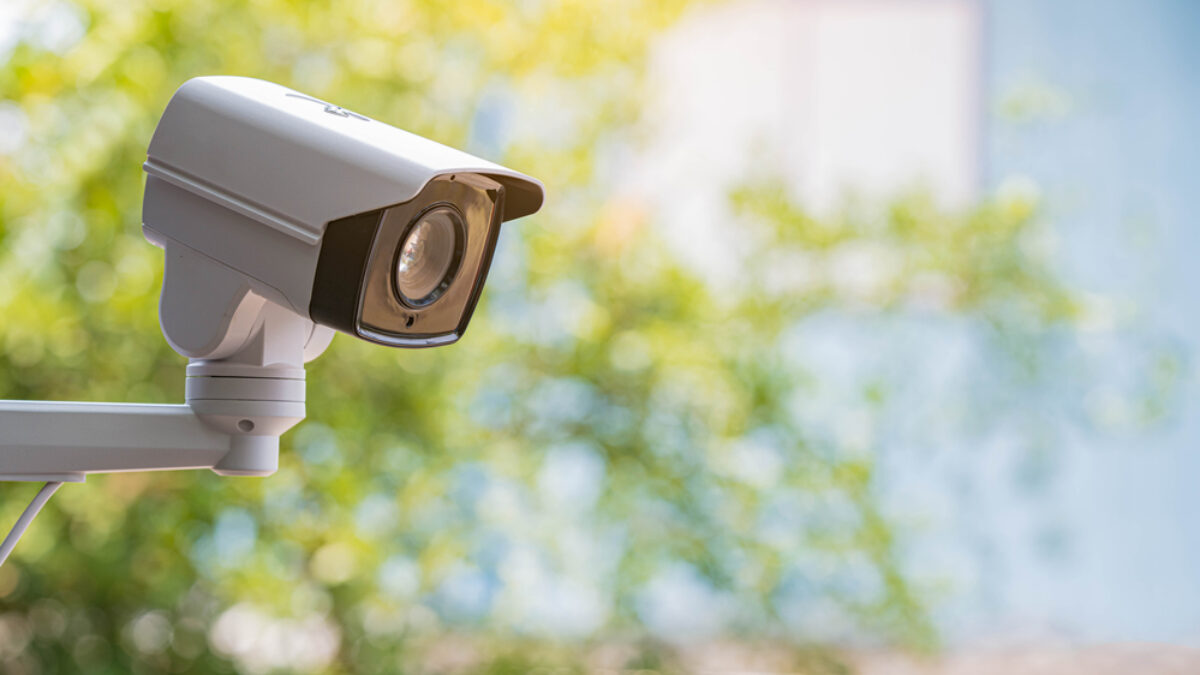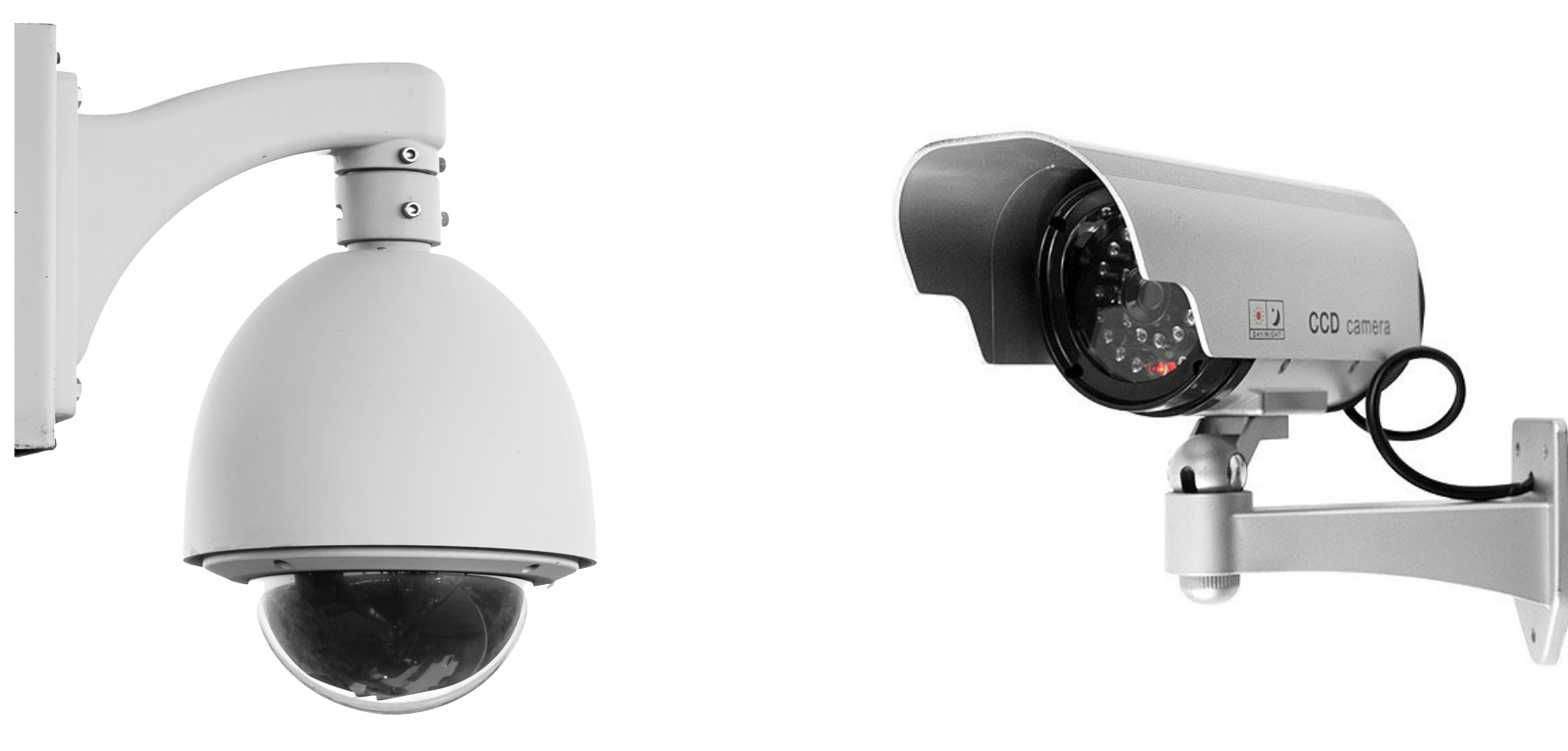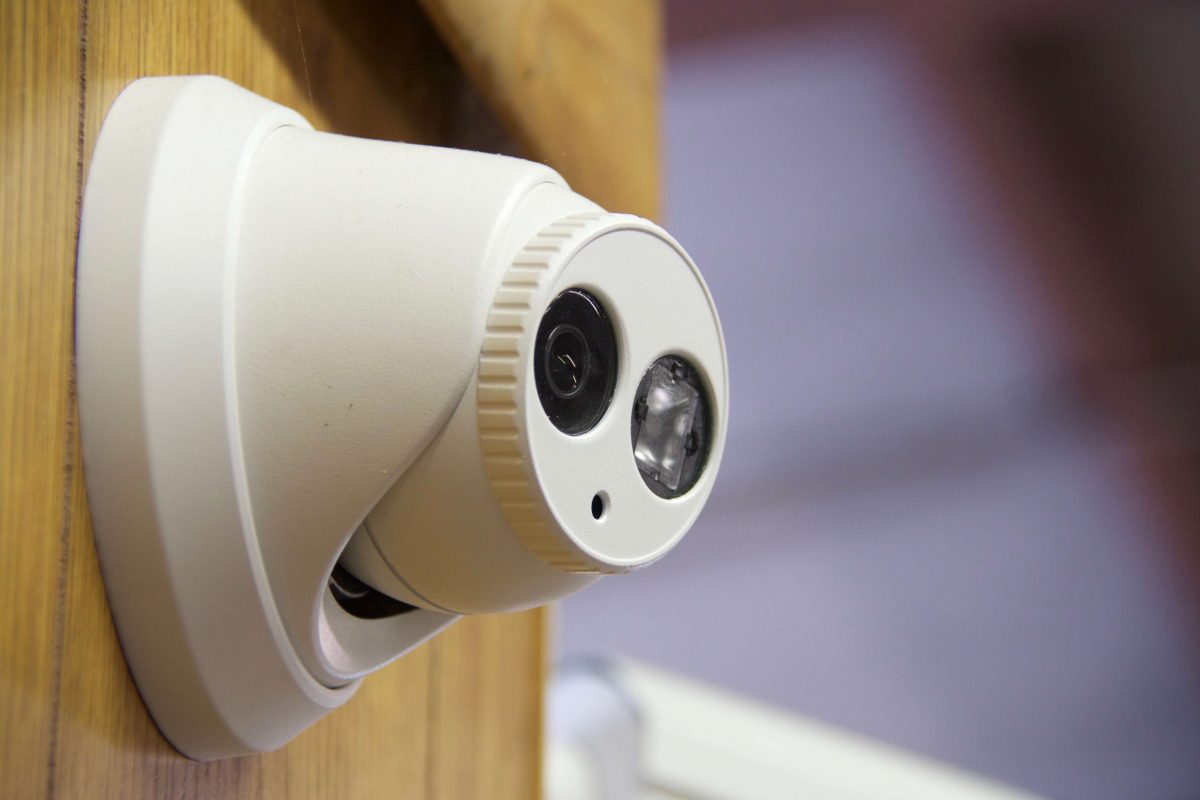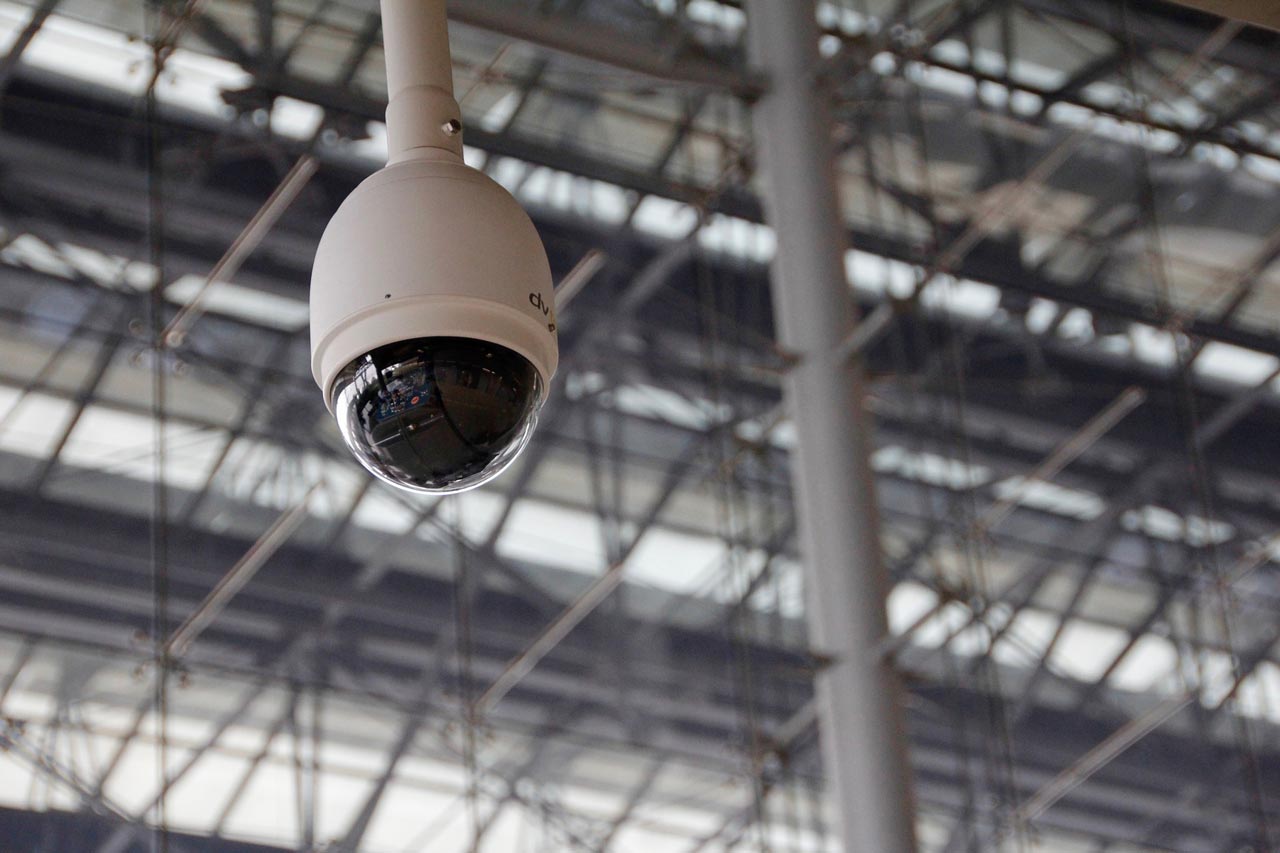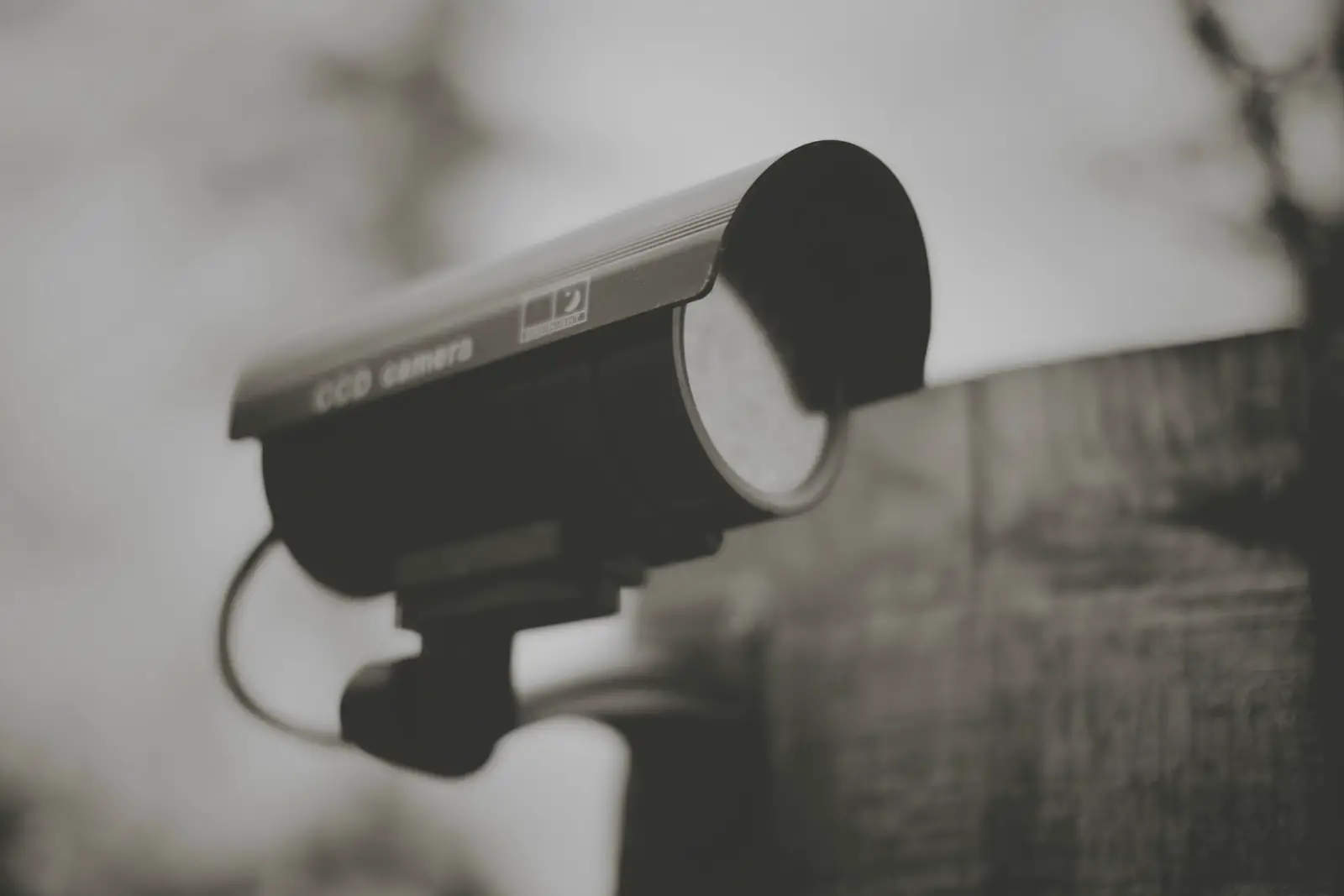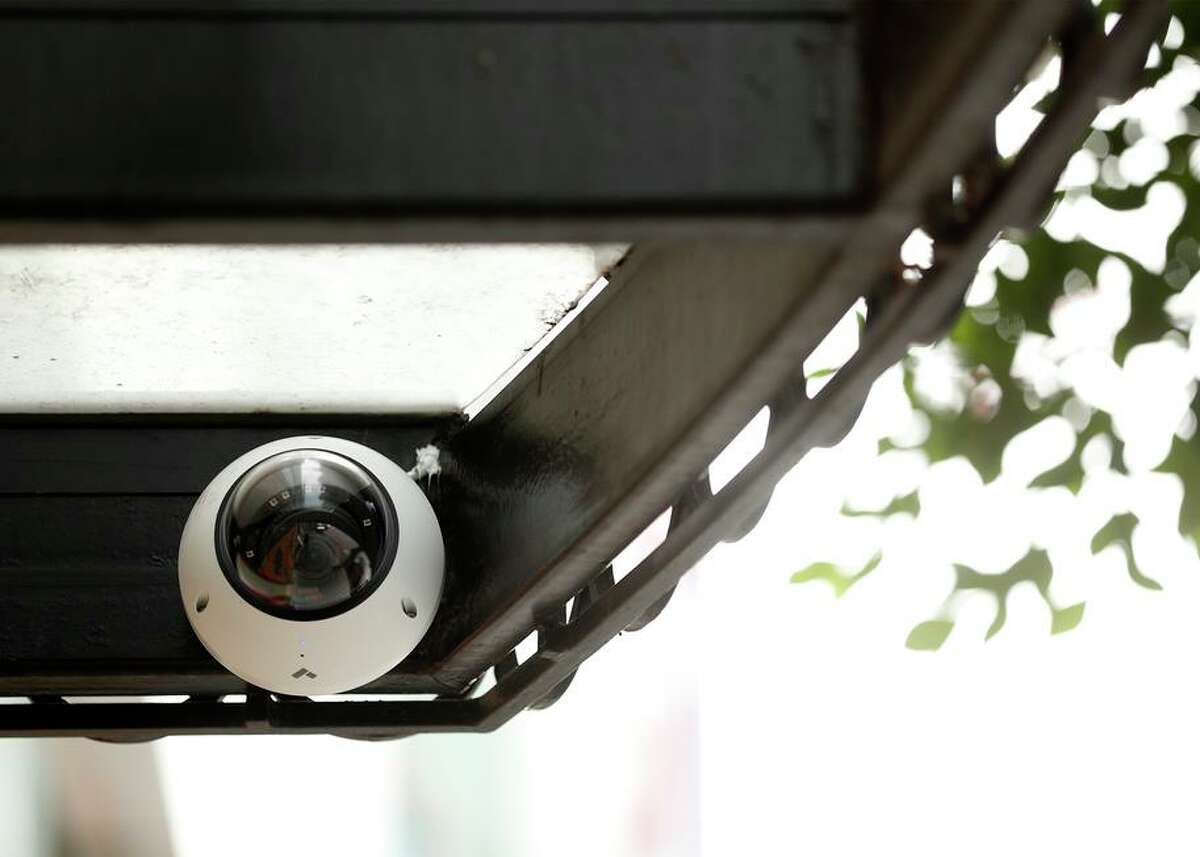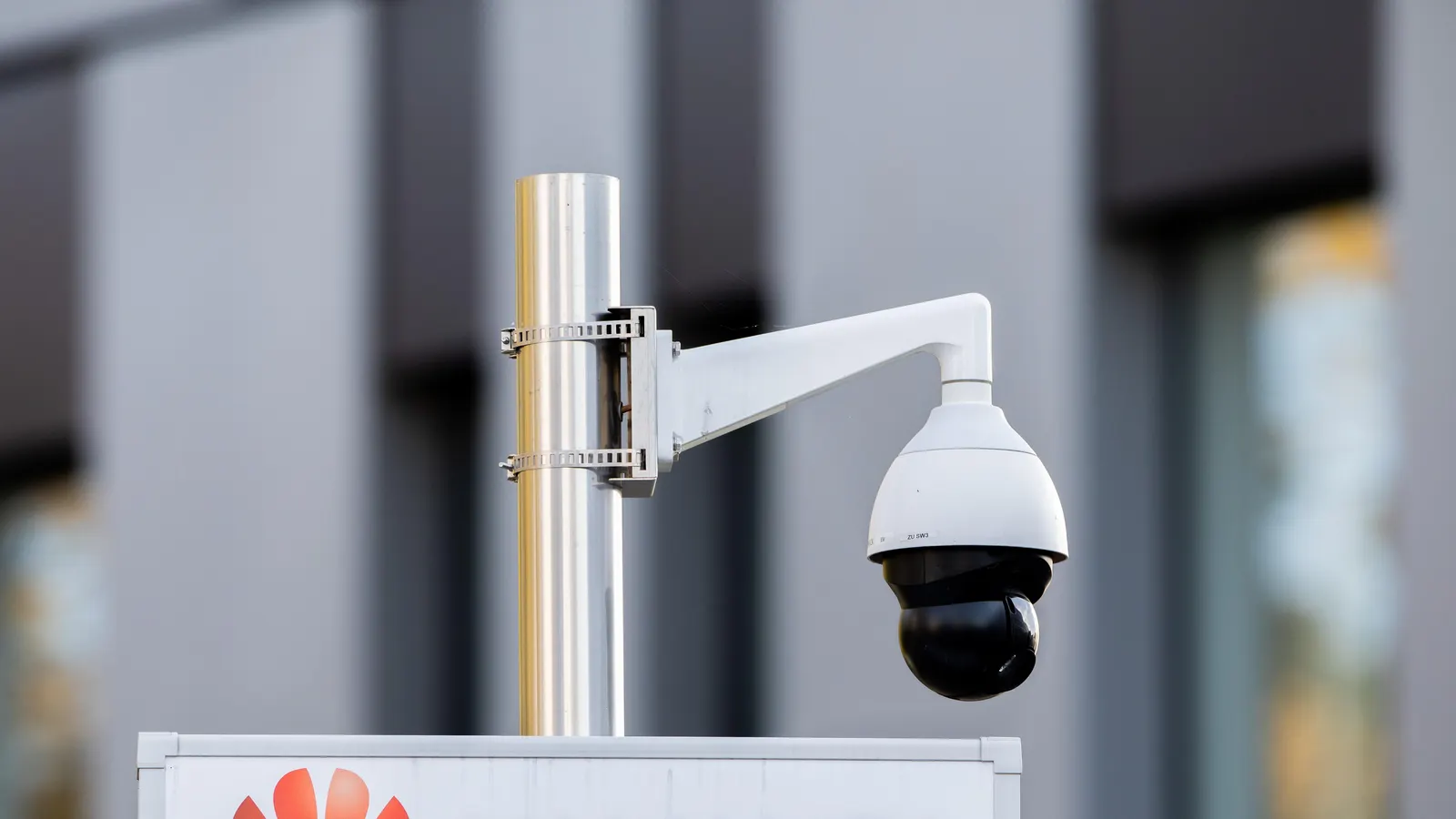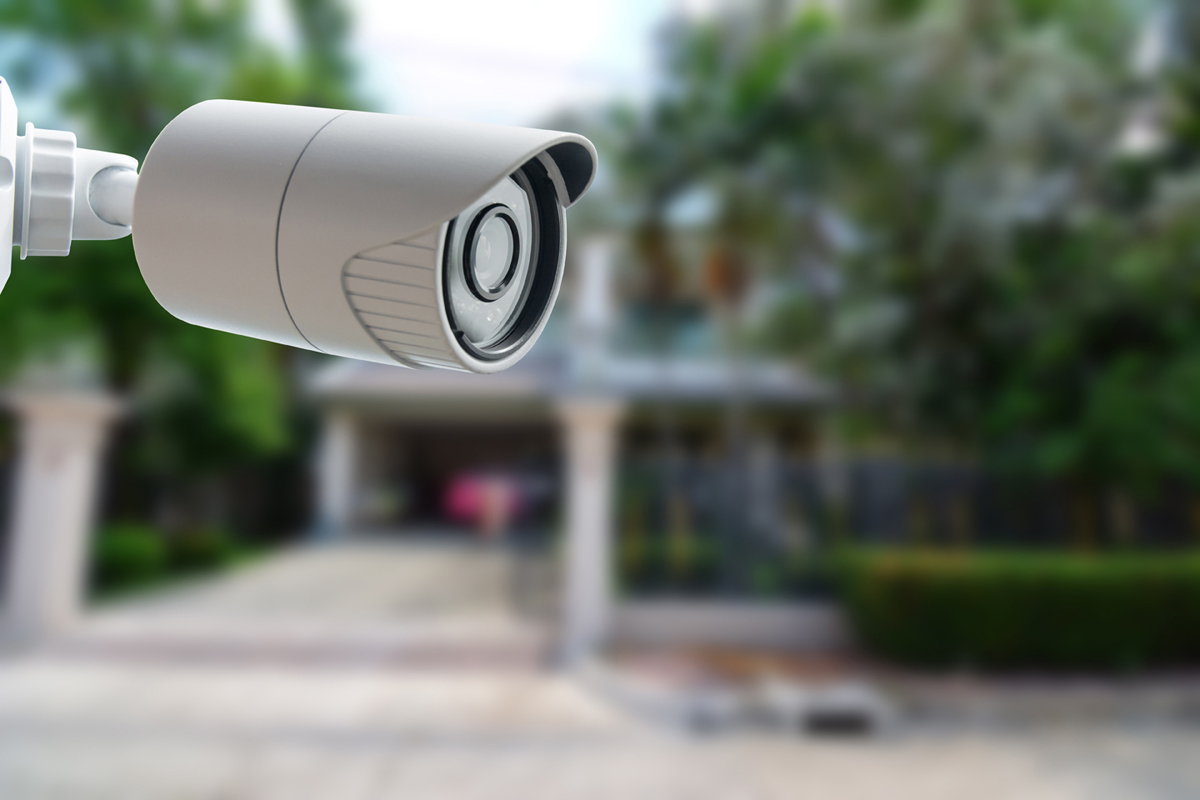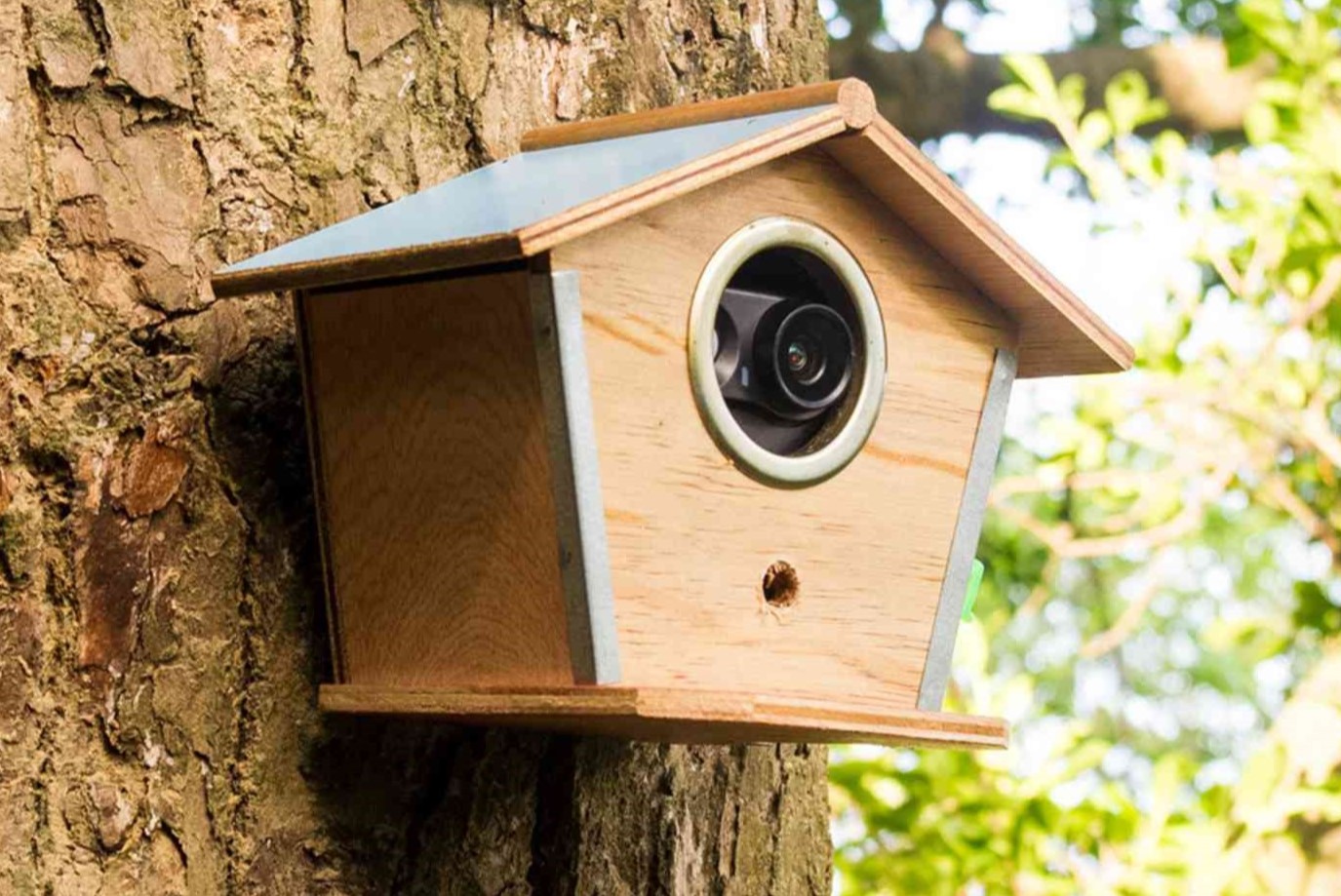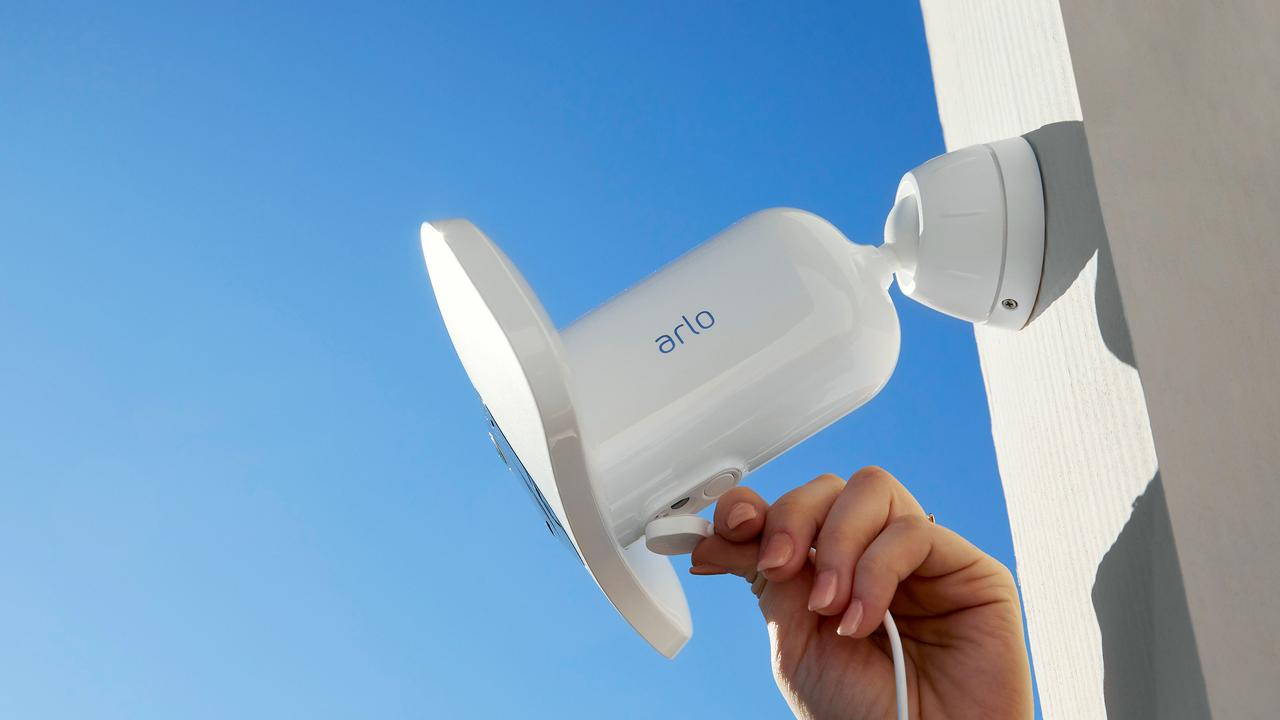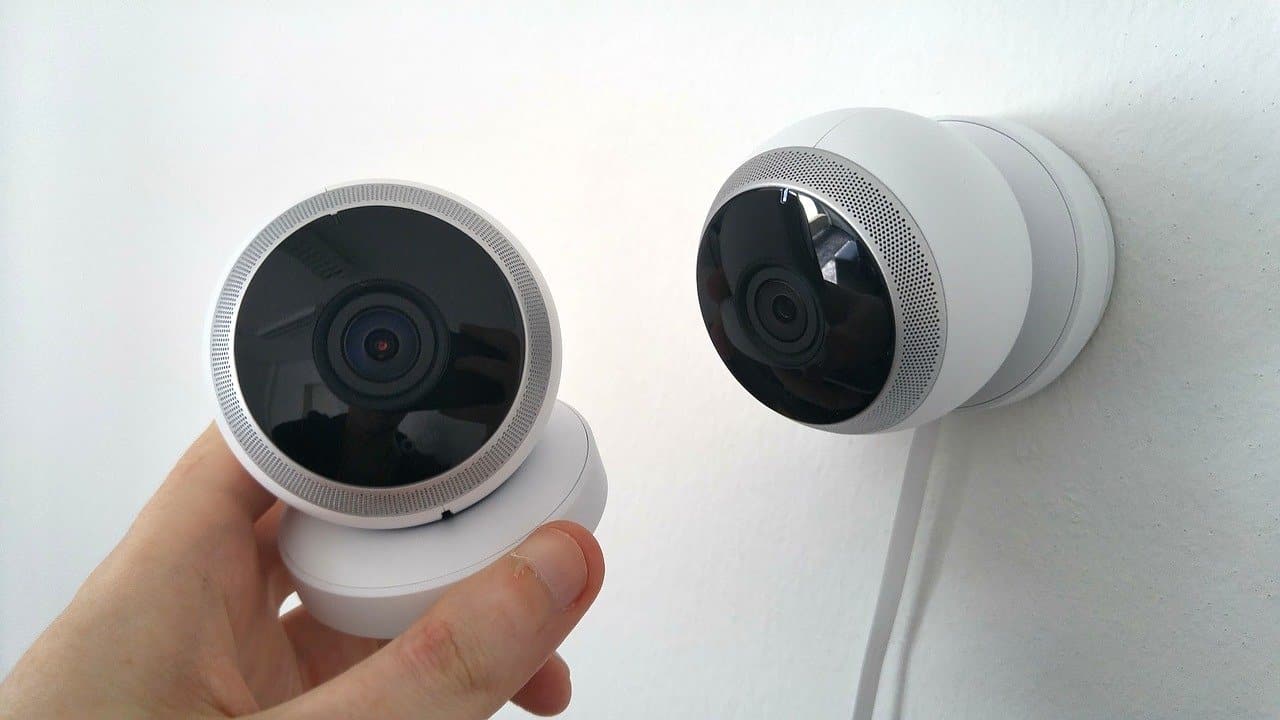Home>Home Security and Surveillance>How To Destroy A Security Camera


Home Security and Surveillance
How To Destroy A Security Camera
Modified: March 6, 2024
Learn how to effectively destroy a security camera in your home with our expert tips and tricks. Enhance your home security and surveillance by tackling this common issue head-on.
(Many of the links in this article redirect to a specific reviewed product. Your purchase of these products through affiliate links helps to generate commission for Storables.com, at no extra cost. Learn more)
Introduction
In today’s digital age, home security and surveillance systems have become an integral part of safeguarding our homes and loved ones. These systems offer peace of mind by providing round-the-clock monitoring and deterrence against potential threats. However, there may be situations where you need to destroy a security camera for privacy reasons, to disable surveillance in a certain area, or simply out of curiosity. While we do not condone illegal activities or encourage any malicious intent, in this article, we will explore various methods of disabling or destroying a security camera, strictly for educational and informational purposes.
Please note that tampering with and destroying security cameras without proper authorization may have legal consequences. Therefore, it is crucial to always adhere to the laws and regulations of your jurisdiction.
Before we dive into the different techniques, it is important to note that most security cameras are designed to withstand various external factors to ensure they continue functioning properly. Damaging or disabling a security camera may not be as effortless as one might think, and certain precautions must be taken to achieve the desired result.
Throughout this article, we will explore different vulnerabilities that can be targeted to disable or destroy security cameras, including physical attacks, electrical attacks, hacking attacks, jamming and interference, as well as disguising and obstructing methods. It is worth mentioning that these methods are hypothetical scenarios for informational purposes and should not be used unlawfully or without proper authorization.
Now, let’s delve into the fascinating world of security camera vulnerabilities and explore the techniques that may render them ineffective or damaged.
Key Takeaways:
- Disabling or destroying security cameras is illegal and unethical. Understanding their vulnerabilities can help protect your own property, but always respect the law and others’ privacy.
- If you have concerns about surveillance cameras, address them through proper channels. Prioritize safety, legality, and ethical considerations in all actions regarding security cameras.
Read more: How To Waterproof A Security Camera
Finding Vulnerabilities
Before attempting to disable or destroy a security camera, it is important to assess the vulnerabilities of the system. This involves identifying potential weak points that can be exploited to render the camera ineffective or damaged. Here are some key factors to consider when finding vulnerabilities:
- Camera Placement: Assess the position and mounting of the security camera. Look for any blind spots or areas where the camera’s view may be obstructed. This could include trees, buildings, or other objects that may provide cover to disable or destroy the camera.
- Camera Model and Features: Research the specifications and capabilities of the camera model in question. Some cameras may have built-in tamper detection mechanisms or protective casing that makes it more difficult to disable or damage.
- Network Connectivity: Determine if the camera is connected to a network or if it operates locally. Network-connected cameras often have increased security measures in place, making it harder to disable them without triggering alarms.
- Power Source: Identify whether the camera is powered by AC or DC power. AC-powered cameras may have backup power supplies or redundant circuits, making them more resilient to power disruptions.
By thoroughly understanding the vulnerabilities present in the camera system, you can strategize and choose the most effective method to disable or destroy the camera.
Physical Attacks
Physical attacks involve physically damaging or tampering with the security camera to render it inoperable. These attacks can range from simple methods to more complex techniques, depending on the level of security measures implemented by the camera system. Here are a few physical attack methods:
- Direct Physical Damage: This method involves physically striking or damaging the camera, such as hitting it with a blunt object or using tools to dismantle its components. However, be cautious as this approach may draw attention and trigger alarms if the camera has tamper detection sensors or alarms.
- Covering or Blocking the Lens: By covering the lens with tape, spray paint, or adhesive material, you can obstruct the camera’s view and impair its ability to capture footage. Similarly, placing objects in front of the lens, such as balloons or plants, can also block the camera’s line of sight.
- Disrupting the Power Supply: Cutting off the power supply to the camera can effectively disable it. Locate the power source or the cable that connects the camera to a power outlet and disconnect it. However, be cautious when working with electrical components to avoid injury.
- Tampering with Cables: Manipulating or disabling the cables connected to the camera, such as cutting or disconnecting them, can render the camera non-functional. Carefully identify the cables and ensure you are targeting the correct ones to avoid damaging other devices or systems.
It is essential to note that physical attacks on security cameras can be considered illegal activities in many jurisdictions. Always comply with the law and obtain proper authorization before attempting any physical attack method on a security camera.
Electrical Attacks
Electrical attacks involve manipulating or disrupting the electrical components of a security camera system to disable or damage it. These methods require a basic understanding of electrical systems and should be approached with caution. Here are a few electrical attack techniques:
- Power Surge: By introducing a power surge to the camera system, you can potentially damage its internal components or overload the circuitry. This can be achieved by connecting a higher voltage power source to the camera temporarily, causing damage to the camera’s power supply or internal circuitry.
- Short Circuit: Manipulating the camera’s wiring or introducing a short circuit can disrupt its functionality. This can be done by connecting the positive and negative wires together or interfering with the connection points within the camera.
- Electromagnetic Pulse (EMP): An EMP can potentially disable electronic devices, including security cameras, by emitting a short burst of electromagnetic energy. This method requires specialized equipment and is considered more advanced.
- Overloading the Power Supply: If the camera is connected to a shared power supply with other devices, overloading the power supply can disrupt its functionality. This can be achieved by connecting additional high-powered devices to the same power source, causing an overload and potential damage to the camera.
It is crucial to exercise extreme caution when attempting electrical attacks, as they can be hazardous and pose a risk of electrical shock or fire. Additionally, engaging in illegal activities or damaging property without authorization is strongly discouraged and may lead to legal consequences.
Cover the camera with a strong adhesive material like duct tape or spray paint to block its view and disable it. Be cautious and aware of the legal implications of tampering with security cameras.
Hacking Attacks
Hacking attacks involve exploiting vulnerabilities within the camera’s software or network connections to gain unauthorized access and manipulate its functionality. It is important to note that hacking into someone else’s security cameras without proper authorization is illegal and unethical. However, understanding potential hacking vulnerabilities can help individuals protect their own camera systems from unauthorized access. Here are a few hacking attack methods:
- Default Password Exploitation: Many security cameras come with default login credentials, which users often neglect to change. Hackers can exploit this by gaining access to the camera’s administrative interface using default usernames and passwords. It is essential to always change the default login credentials to strong, unique passwords.
- Brute Force Attacks: This method involves systematically attempting different combinations of usernames and passwords until the correct one is found, gaining unauthorized access to the camera. Implementing strong, complex passwords and enabling account lockouts after multiple failed login attempts can help mitigate this type of attack.
- Remote Code Execution: Exploiting vulnerabilities within the camera’s software can allow hackers to execute malicious code remotely, granting them control over the camera’s functionality. Keeping camera firmware up to date with the latest security patches can help prevent these types of attacks.
- Man-in-the-Middle Attacks: Hackers can intercept and manipulate communication between the camera and the network, allowing them to access and modify camera footage or settings. Encrypting network connections and using secure protocols, such as HTTPS, can help mitigate this type of attack.
It is essential to protect your security cameras from hacking attacks by implementing strong security measures, such as using unique passwords, regularly updating firmware, and securing network connections. Always consult with a cybersecurity professional to ensure your cameras are adequately protected.
Read more: How To Choose Security Cameras
Jamming and Interference
Jamming and interference techniques involve disrupting the signals or communication between the security camera and its associated devices to render it ineffective. It is important to note that intentionally interfering with wireless signals, such as Wi-Fi, is illegal and can lead to severe consequences. Here are a few methods related to jamming and interference:
- Wi-Fi Jamming: Jamming the Wi-Fi signals used by wireless security cameras can prevent them from connecting to the network, rendering them unusable. However, this technique is illegal and can disrupt the Wi-Fi connectivity for other legitimate devices within the vicinity.
- Electromagnetic Interference: Introducing electromagnetic interference near the camera’s operating frequency can disrupt its signal reception. This can be achieved using devices that emit electromagnetic radiation, such as high-powered electronics or strong magnetic fields.
- Signal Blockers: Using signal blockers, also known as signal jammers, can interfere with specific frequency bands used by wireless security cameras, including cellular or radio frequencies. However, it is important to note that the use of signal blockers is illegal in many jurisdictions.
- Physical Obstruction: Placing physical objects, such as metal sheets or other materials, between the camera and its associated devices can obstruct the signals and interfere with the camera’s functionality. This method can be effective, but it also obstructs the camera’s view.
It is crucial to adhere to legal regulations and ethical guidelines when it comes to jamming and interference techniques. Disrupting signals or interfering with wireless communications without proper authorization is illegal and can have severe consequences.
Disguising and Obstructing
To render a security camera less noticeable or obstruct its view, disguising and obstructing techniques can be employed. These methods aim to make the camera blend in with its surroundings or impede its line of sight without causing any damage. Here are a few ways to disguise and obstruct security cameras:
- Camouflage: By disguising the camera to resemble its surroundings, such as painting it the same color as the wall or placing it inside a decorative enclosure, it can become less noticeable and blend in with the environment.
- Vegetation and Foliage: Placing potted plants, vines, or other vegetation in front of the camera can obstruct its field of view while adding a natural-looking element to the surrounding area.
- Weather and Sunlight Obstruction: Using weatherproof casing or sunshades can obscure the camera’s lens from rain, snow, or direct sunlight, which may affect its image quality or detection capabilities.
- Strategic Placement: Positioning objects, such as furniture, statues, or decorative items, strategically in front of the camera can obstruct its view while maintaining a visually pleasing aesthetic.
It is important to note that disguising and obstructing techniques are meant to maintain privacy or reduce the visibility of security cameras in a lawful manner. Unauthorized tampering or blocking of public surveillance cameras is illegal and may result in legal consequences.
Remember to exercise caution and always comply with local laws and regulations when employing any techniques to disguise or obstruct security cameras.
Conclusion
Throughout this article, we have explored various methods for disabling or destroying a security camera. It is important to note that these techniques are not recommended for illegal or malicious purposes, but rather to better understand the vulnerabilities and limitations of security camera systems.
Understanding the vulnerabilities of security cameras can help homeowners and businesses make informed decisions when it comes to protecting their properties. By identifying potential weak points and implementing appropriate security measures, you can enhance the effectiveness of your security system and deter potential threats.
It is crucial to remember that tampering with or damaging security cameras without proper authorization is illegal and unethical. Always consult with legal and security professionals to ensure that you are acting within the boundaries of the law.
Lastly, it is essential to respect the privacy and security of others. If you have concerns about surveillance cameras in public spaces, it is best to address those concerns through appropriate channels, such as contacting local authorities or engaging in community discussions about balancing security and privacy.
We hope that this article has provided valuable insights into the vulnerabilities and potential methods for disabling or destroying security cameras. Remember to prioritize safety, legality, and ethical considerations in all your actions.
Frequently Asked Questions about How To Destroy A Security Camera
Was this page helpful?
At Storables.com, we guarantee accurate and reliable information. Our content, validated by Expert Board Contributors, is crafted following stringent Editorial Policies. We're committed to providing you with well-researched, expert-backed insights for all your informational needs.


